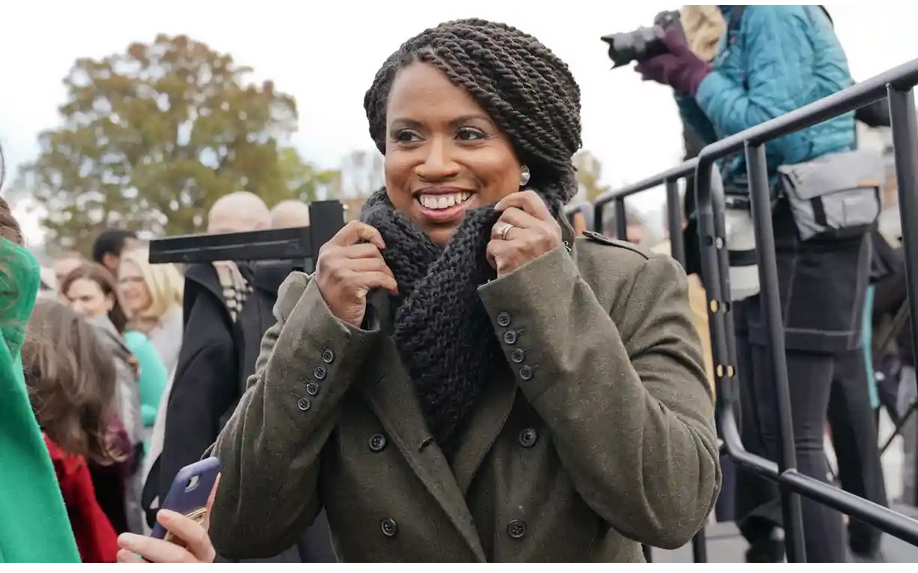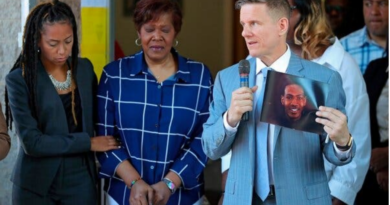Discrimination based on hair texture

Long-held, Eurocentric ideas of beauty that emerged during the early phases of colonization are the basis of the issue. In Canada, both the academic and professional professions have been hostile to Black and First Nations people. Prejudice towards people has occasionally been based on the styles and textures of their hair [3-5].
Black women who wear their hair in braids, locs, or gentle curls are honoring their cultural heritage. Concerns about the potential harm that heat and chemical straightening may inflict are having an impact on the movement of natural hair. Several states have passed legislation that forbids racial discrimination in hair [6-8].
The new laws are supported by legislators in at least eight states. The business community showed no opposition to the new state legislation. Broad guidelines ensuring “non-extreme” looks, according to employment lawyers, may unintentionally have an impact on some racial and ethnic groups at work [9, 10].
Few states prohibit discrimination based on appearance, and litigation are expensive and time-consuming. Six Flags altered the standards for male employees’ grooming in April. Dove has a long history of advertising efforts focusing on notions of beauty, and this is the latest in a succession of conflicts over its products [11-13].
According to Dove’s new CEO, the brand is committed to promoting women’s unique beauty. According to Gabby Hayes, “having my hair natural is such an experience because I get to be my raw, real self.” Harts remembers returning from vacation lately with braided hair and not having enough time to straighten it before a meeting. One lady claims that despite starting to dress more naturally, she has never experienced workplace discrimination [14, 15].
A measure barring discrimination on the basis of race in hair was approved by the US House of Representatives. The legislation is referred to as the Crown Act, which stands for Creating a Respectful and Open World for Natural Hair. Ilhan Omar, a representative for Minnesota’s progressives, and Ayanna Pressley, a representative for Massachusetts’ liberals, co-sponsored it [16, 17].
Generally, all around the world, social injustices like discrimination based on hair texture occur. Dove has a long history of utilizing ideas of beauty as the core of its advertising campaigns, and current dispute over its products is only the most recent in a string of them. Racial discrimination in hair is prohibited by law that has been adopted in some places. Some racial and ethnic groups at work may unwittingly be impacted by broad criteria for “non-extreme” appearances.
References
[1] A. Onwuachi-Willig, “Another hair piece: Exploring new strands of analysis under title VII,” Geo. LJ, vol. 98, p. 1079, 2009.
[2] C. R. Matjila, “The ‘Business’ of hair: the meaning of hair for Southern African Black women,” University of the Free State, 2020.
[3] J. Alexander, “Islam, archaeology and slavery in Africa,” World Archaeology, vol. 33, no. 1, pp. 44-60, 2001.
[4] O. A. Eno and M. A. Eno, “The African diaspora within Africa and the impact of slavery and stigma in the Islamic society: a case study of Somalia,” Journal of Somali Studies: Research on Somalia and the Greater Horn of African Countries, vol. 1, no. 2, pp. 61-89, 2014.
[5] C. Besteman, Unraveling Somalia: Race, Class, and the Legacy of Slavery. University of Pennsylvania Press, 2014.
[6] T. A. Johnson and T. Bankhead, “Hair it is: Examining the experiences of Black women with natural hair,” 2014.
[7] S. Donahoo and A. D. Smith, “Controlling the crown: Legal efforts to professionalize Black hair,” Race and Justice, vol. 12, no. 1, pp. 182-203, 2022.
[8] I. E. Roseborough and A. J. McMichael, “Hair care practices in African-American patients,” in Seminars in cutaneous medicine and surgery, 2009, vol. 28, no. 2: WB Saunders, pp. 103-108.
[9] I. Tyler, “Resituating Erving Goffman: From stigma power to black power,” The Sociological Review, vol. 66, no. 4, pp. 744-765, 2018.
[10] M. L. Craig, “Race, beauty, and the tangled knot of a guilty pleasure,” Feminist Theory, vol. 7, no. 2, pp. 159-177, 2006.
[11] P. M. Caldwell, “A hair piece: Perspectives on the intersection of race and gender,” DuKE Lj, p. 365, 1991.
[12] B. D. A. Orey and Y. Zhang, “Melanated millennials and the politics of black hair,” Social Science Quarterly, vol. 100, no. 6, pp. 2458-2476, 2019.
[13] R. A. B. May, “Velvet rope racism, racial paranoia, and cultural scripts: Alleged dress code discrimination in urban nightlife, 2000–2014,” City & Community, vol. 17, no. 1, pp. 44-64, 2018.
[14] M. K. Giurleo, “Friday, April 29, 2016: Panel,” 2016.
[15] Y. Rand, Wild Open Spaces: Why We Love Westerns. Maverick Spirit Press, 2005.
[16] L. Gostin, “Genetic discrimination: the use of genetically based diagnostic and prognostic tests by employers and insurers,” American Journal of Law & Medicine, vol. 17, no. 1-2, pp. 109-144, 1991.
[17] D. W. Greene, “Title VII: What’s hair (and other race-based characteristics) got to do with it,” U. Colo. L. Rev., vol. 79, p. 1355, 2008.

